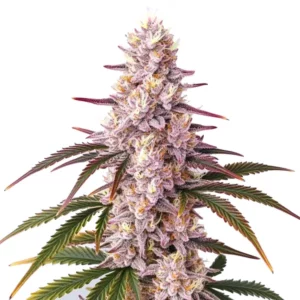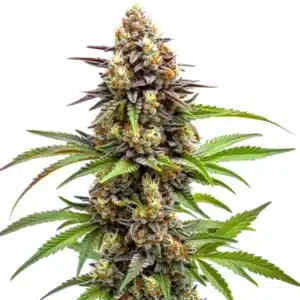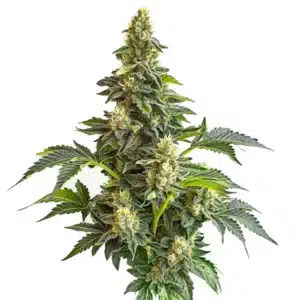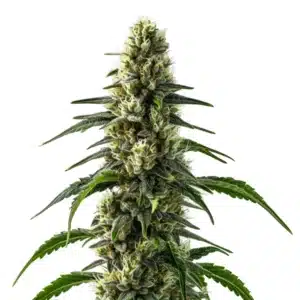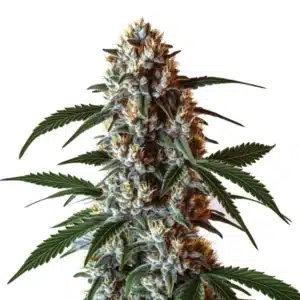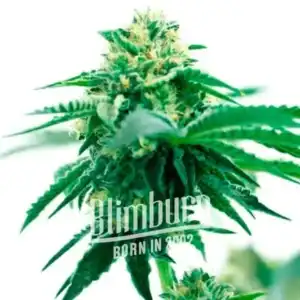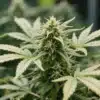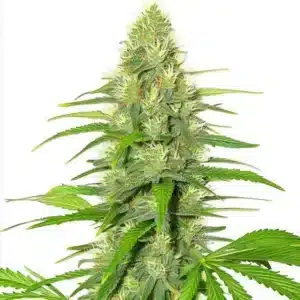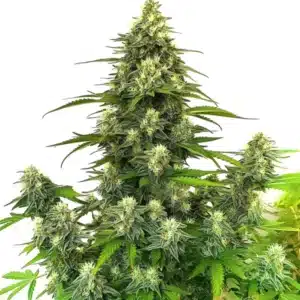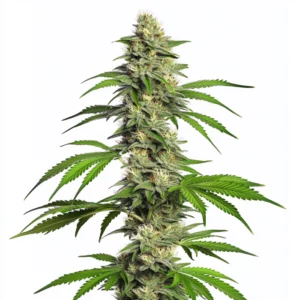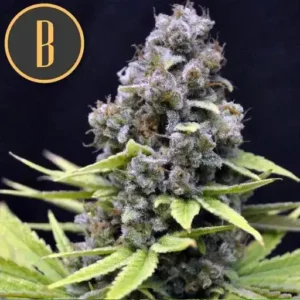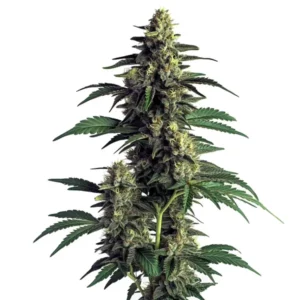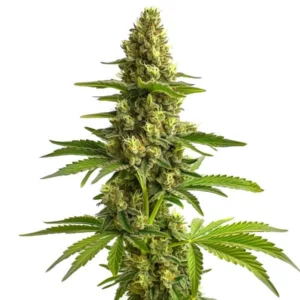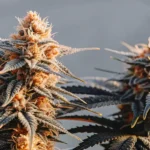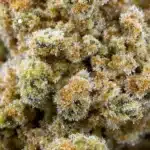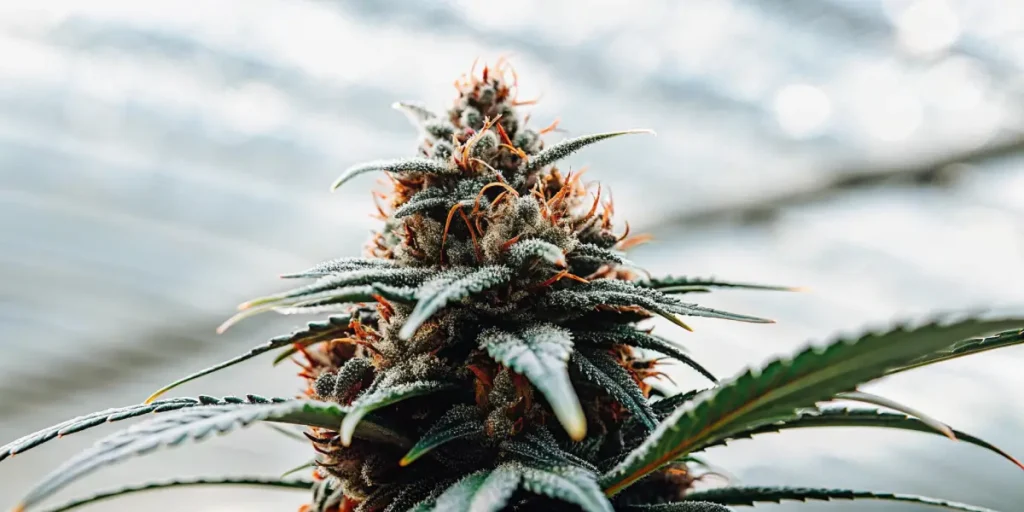
The Crystal Lollipops: A Grower’s Guide to Frosty Cannabis
Let’s talk about the magic. That beautiful, shimmering, sugary frost that coats a top-shelf cannabis bud. What is that stuff? Those crystals are called trichomes.
And the ones we really care about? They look like microscopic lollipops. Seriously. If you look at them up close, you’ll see they have a tiny, crystal stalk and a big, bulbous, resinous head. That lollipop head is a tiny, perfect factory that produces all the compounds we love: the THC, the CBD, and the delicious terpenes that give each strain its unique soul.
Recommended Strains
Ice Cream Cake
|
|
THC | 22% - 25% (Medium) |
|
|
Type | Feminized |
|
|
Yield | Medium |
|
|
Phenotype | 70% Indica / 30% Sativa |
Ice Cream x SFV OG
|
|
THC | 20% - 24% (Medium) |
|
|
Type | Feminized |
|
|
Yield | Medium |
|
|
Phenotype | 50% Indica / 50% Sativa |
The plant produces this sticky, bitter armor for one simple reason: to protect its future children. It’s a shield of resin designed to defend the flower and its precious seeds from hungry insects and the harsh UV rays of the sun. Lucky for us, that shield is where all the potency is.
The Critical Warning: Frost vs. Fungus
Now for a crucial piece of advice that can save your entire harvest. Not everything that is white and covers your plant is a good thing.
It is incredibly easy for a new grower to confuse the sparkling, crystalline beauty of trichomes with the flat, dusty, flour-like coating of powdery mildew (oidio). This is a devastating fungal disease.
So how do you tell the difference? You have to get personal. Your eye is not enough. You need to get a jeweler’s loupe with at least a 30x, or preferably 50x, magnification. It is an essential, inexpensive tool.
- Trichomes are distinct, individual, crystal lollipops. They sparkle.
- Powdery Mildew is a tangled web of flat, dull, thread-like fungus. It looks like a patch of dust or flour. It does not sparkle.
One is your trophy at the end of a long grow. The other is a disease you must fight immediately. Learn the difference.
Promos & Deals
Why Indoor is Often Frostier
Ever wonder why top-shelf indoor cannabis often looks more ridiculously frosted-out than outdoor cannabis? The answer is simple: the weather.
Those delicate little trichome lollipops are fragile. A heavy, torrential rain or a strong, whipping wind can physically rip them right off the plant. An indoor grow is a safe haven, a perfect, calm environment protected from this abuse. This protection allows the plant to preserve every last one of those precious resin glands, resulting in a frostier final product.
We chase the frost because it’s a direct visual indicator of potency, flavor, and quality. Strains like White Widow and Gorilla Glue became legends for a reason: they are genetic freaks of nature when it comes to producing these crystal lollipops. And for those of us who love to make extracts, these frosty strains are the absolute best starting material for making incredible Homegrown hash and rosin. It’s the art of the Cultivate process, in its purest form.
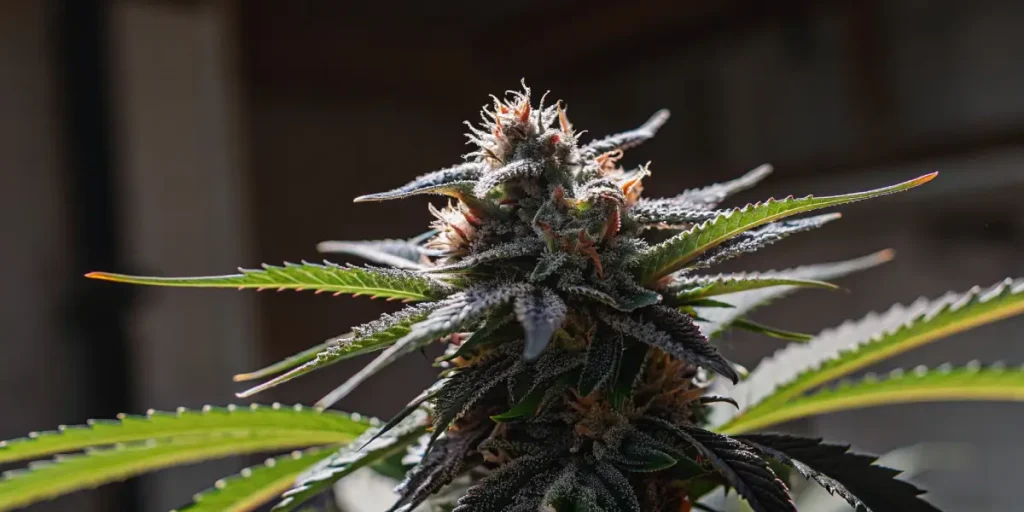
Frequently Asked Questions
What are the “crystals” on cannabis in simple terms?
Those crystals are called trichomes. The most important ones are shaped like microscopic lollipops with a stalk and a resinous head. That head is a tiny factory that produces all the cannabinoids (like THC) and terpenes (flavor and smell).
How can I tell the difference between trichomes and white powdery mildew?
You need a magnifier. Trichomes are individual, sparkling, crystal “lollipops.” Powdery mildew is a fungus that looks like a flat, dull, dusty patch, like a sprinkle of flour. One is a sign of quality; the other is a sign of disease.
Why does indoor-grown cannabis often look frostier than outdoor-grown cannabis?
Because the trichomes are very delicate. Harsh weather like heavy rain and strong winds can physically break them and knock them off the plant. Indoor grows protect the plant from this, allowing it to preserve its full, frosty coating.
What tool do I need to see my trichomes up close?
An essential and inexpensive tool for any serious grower is a jeweler’s loupe. Get one with at least 30x magnification, but a 50x is even better. It allows you to clearly see the shape and color of your trichomes to check for pests, diseases, and, most importantly, to determine the perfect time to harvest.


